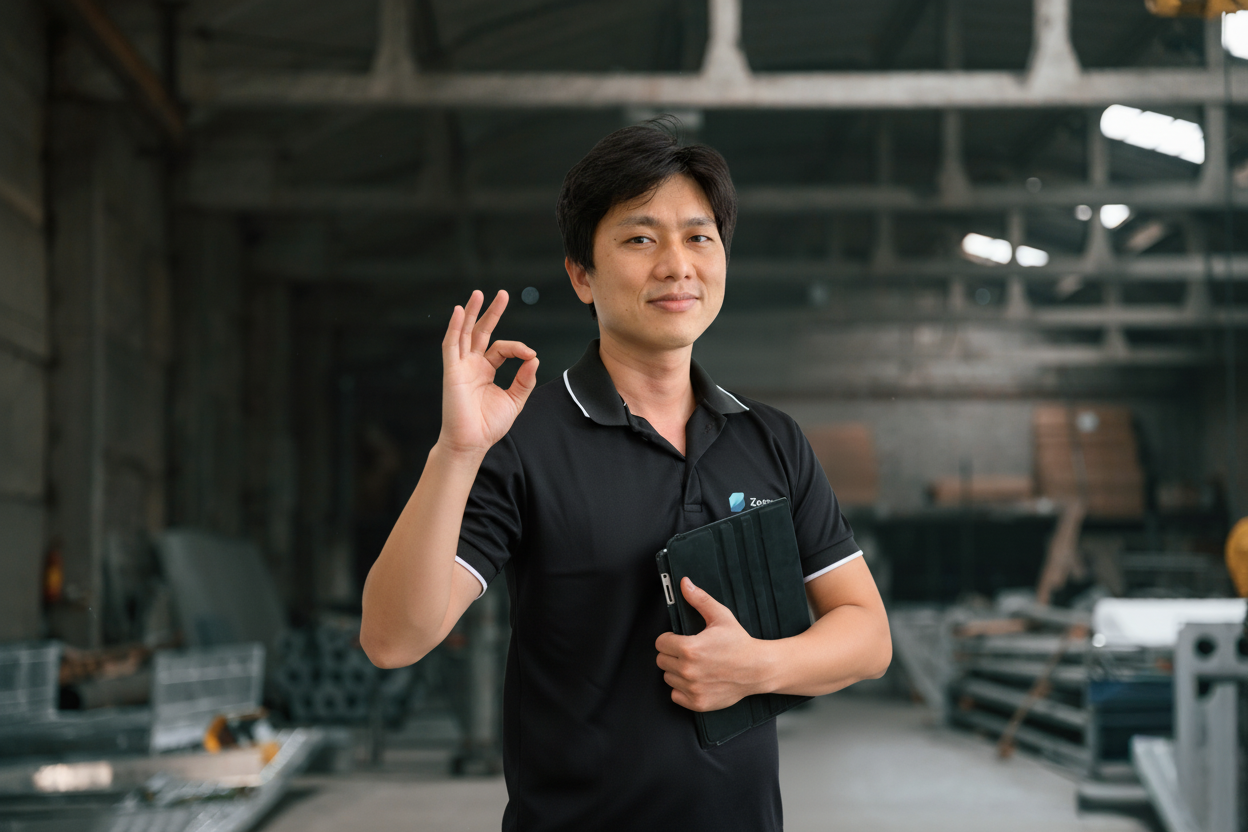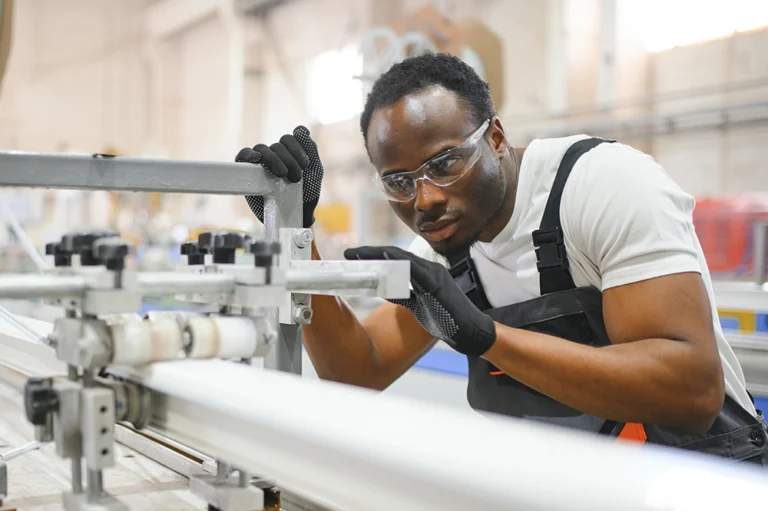The reality of implementing AI inspection systems rarely matches the glossy demos. Many manufacturers discover this the hard way after investing months of effort, only to find their chosen provider left them with more headaches than solutions.
In our recent webinar, we walked through some of the most common pitfalls that teams face when evaluating providers. If you are in the middle of this decision, here are the red flags to watch out for.
The Hidden Burden of Data
One major complaint is the sheer data load. Providers often gloss over the fact that their system needs tens of thousands of defect images to reach acceptable accuracy. That means endless weeks of capturing, labeling, and retraining. For plants that move fast or deal with high product variety, this is simply not sustainable.
When evaluating a provider, ask: How do they handle data scarcity? Do they have a strategy beyond “collect more samples”? If the answer is no, you risk sinking resources into a model that never stabilizes.
Poor Adaptability to Real World Variability
Products are rarely perfect clones. Surfaces have noise, lighting conditions shift, and tolerances evolve. Conventional vision systems can crumble under this variability, producing false rejects or missing defects.
A good provider will show you how their system adapts to change. Can their models generalize across variations? Do they have tools like synthetic data generation that make the system robust in noisy environments?
Lack of Clear Defect Standards
Another pain point is misalignment on what actually counts as a defect. In many plants, inspectors and engineers disagree on thresholds. A bubble of 0.5 mm might pass for one shift but fail in another. If a provider does not have a way to formalize and preserve these standards, their system risks embedding inconsistency into your QC process.
Vendor Support That Ends After Installation
This one came up often in both our webinar and in online discussions: vendors that vanish after installation. Teams are left with a system that requires retraining, tuning, and maintenance, but no real help to make it successful long term.
When choosing a provider, pay close attention to their support model. Are they offering ongoing collaboration, or just a handoff? Do they provide clear paths for retraining and adaptation, or is the expectation that your engineers will figure it out alone?
Why the Partnership Model Matters
At Zetamotion, we have taken these frustrations to heart. We know that quality inspection is not a “set it and forget it” problem. That is why our approach is rooted in partnership.
With the Spectron platform, we focus not only on cutting edge synthetic data powered inspection but also on growing alongside our customers. That means:
- Capturing and preserving knowledge from experienced QC workers so it does not vanish when staff turns over.
- Designing systems that adapt to product variation and noisy environments instead of collapsing under them.
- Providing ongoing collaboration and support, so teams are never left to manage complexity on their own.
Closing Thought
Choosing the right automation or computer vision provider is less about who has the flashiest demo and more about who will stand with you through the real work of scaling inspection. Technology matters, but partnership is what ensures that technology delivers results over the long haul.
If you are evaluating providers now, start by asking not just “what can your system do” but “how will you support us as we grow.” That difference is what separates a vendor from a true partner.




